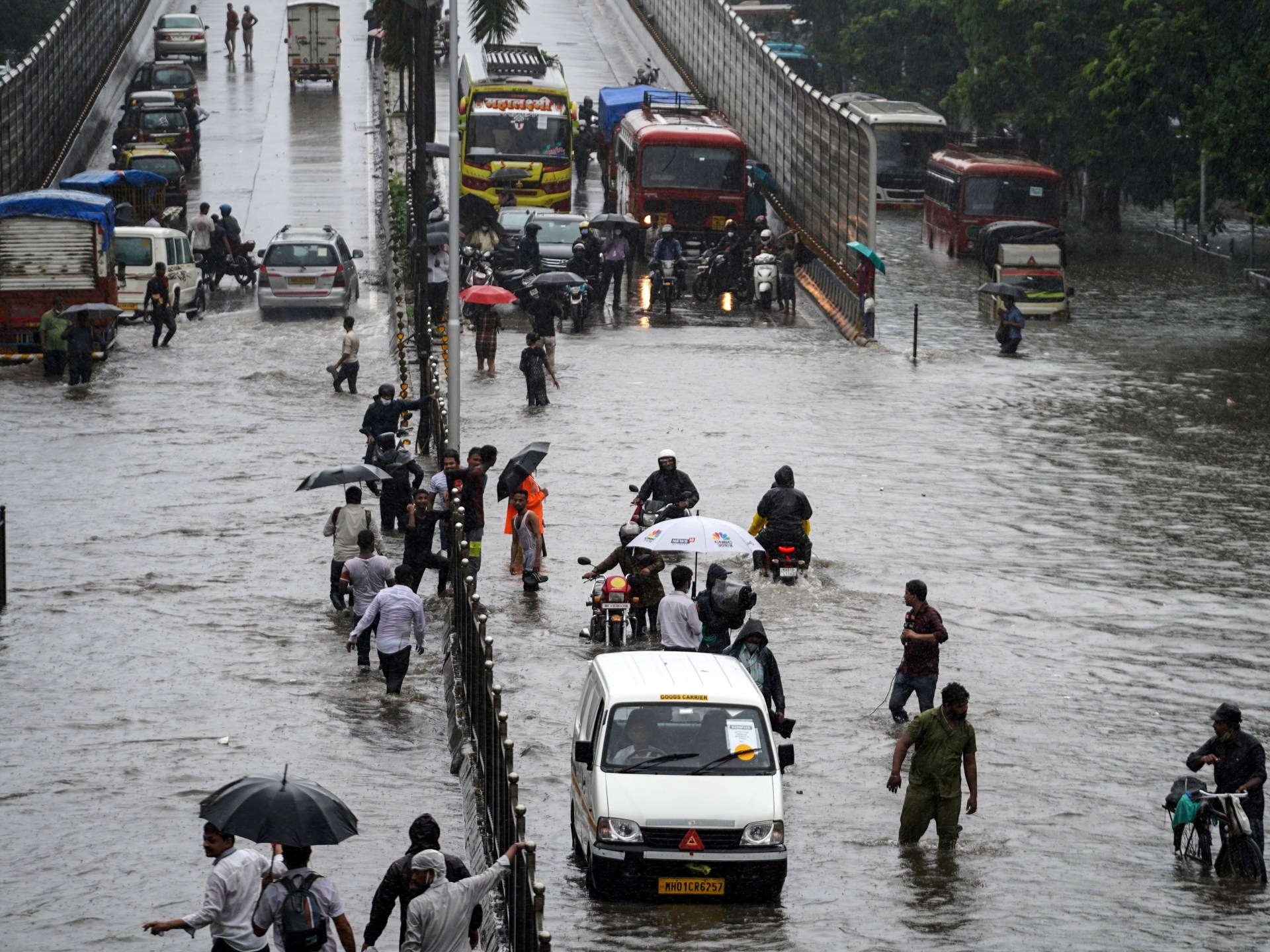Science Snapshots: The North American Monsoon
I just saw an article on my local news that said the North American Monsoon is a no show like that bitch met us on Raya. Which got me thinking...do my hors in the Manor know about the North American Monsoon?
First, what do you think of when you think monsoon? Perhaps this?
Or maybe this?
While rain is a very common effect of monsoons, the rainfall itself is not the monsoon! A monsoon is defined as a seasonal shift in prevailing wind direction (or atmospheric circulation). Monsoon = wind shift, not rainfall. But when you have a body of water nearby, like the Indian Ocean or the Gulf of California, this change often puts you in a dry or wet phase, depending on whether the winds are bringing in moisture or not, hence the normal association with torrential downpours.
If you live in the southwestern US (Arizona/New Mexico) or northwestern Mexico (Sinora/Chihuahua/Sinaloa/Durango-ish), you probably know about the North American Monsoon. It also reaches up a bit into Colorado and maybe other US states like Utah. Typically, the prevailing wind direction in this region is westerly (meaning, from the west blowing towards the east - meteorologists are always concerned with upwind). But as summer ramps up, the middle of North America gets HOT. Like, Rojo Caliente hot. This results in higher air pressure than surrounding regions, because the warm air expands. Think of it like you're a cat pushing all your limbs out against the edges of your favorite box. The cat expands, the edges of the box experience higher pressure. In the Northern Hemisphere, air moves clockwise around a high pressure (air rushes away from the high pressure area to lower pressures and turns to the right because the Earth spins, called the Coriolis effect, resulting in a clockwise or anticyclonic flow). So, for Southwestern US and Northwestern Mexico, this means those westerlies shift to more southerly, bringing a moist tongue (yes) of air from the Gulf of California northward. Then BOOM, thunderstorms. Rain. Water. Hooray!
Depending on the exact region, this monsoonal shift brings anywhere from 50-80% or more of the total annual precipitation. It is extremely important for water resources, wildland fire risk, and your Captain's favorite late afternoon activity of sitting on her porch watching the thunderstorms build while enjoying a refreshing beverage.
____________
Read more about the North American Monsoon here, including how ENSO fits into all this: https://www.climate.gov/news-features/blogs/enso/north-american-monsoon







Comments
Post a Comment